Descent Planning: Strategies for Safe and Smooth Arrivals
Flight Training Central
JANUARY 10, 2025
Descent planning is a critical yet often overlooked aspect of managing your flight. And if not planned properly, a poorly executed descent can present challenges and unnecessary risks when transitioning to an approach or the traffic pattern. Lets explore a number of strategies to plan your next arrival.

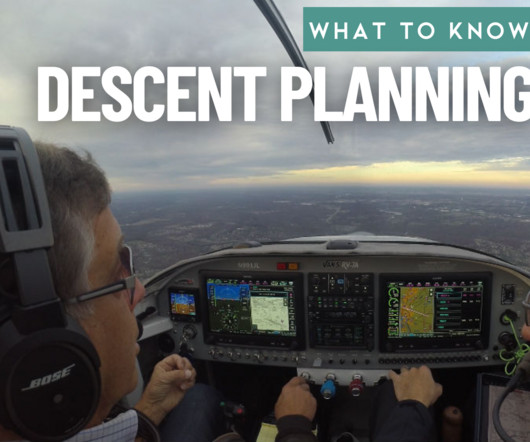

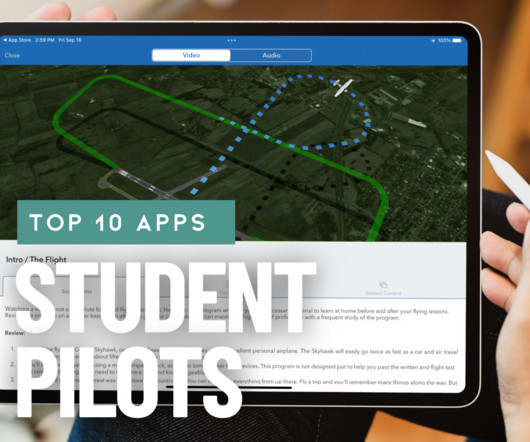
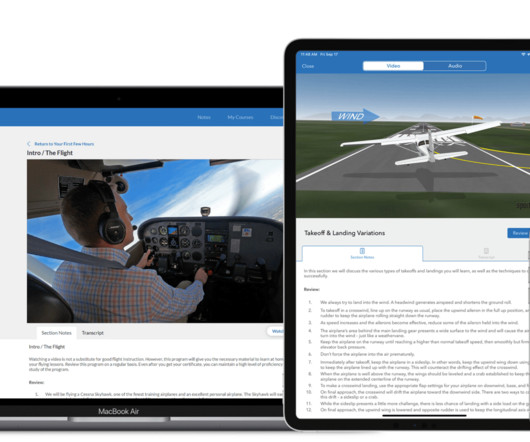

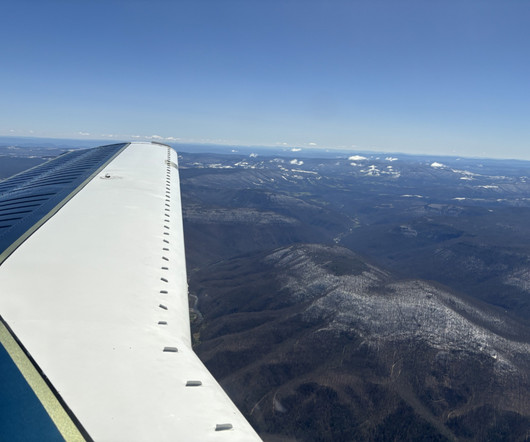
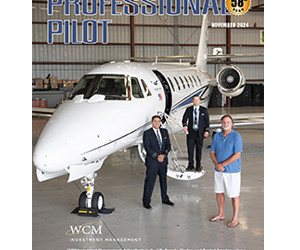

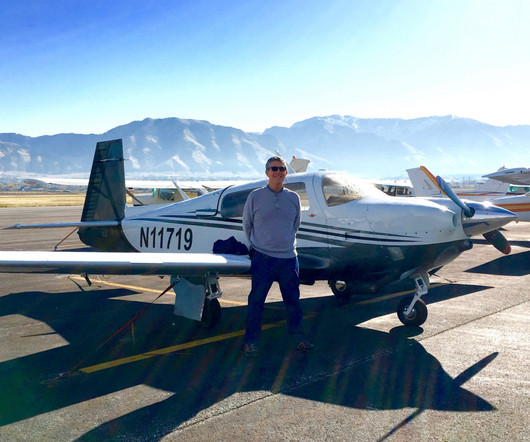







Let's personalize your content